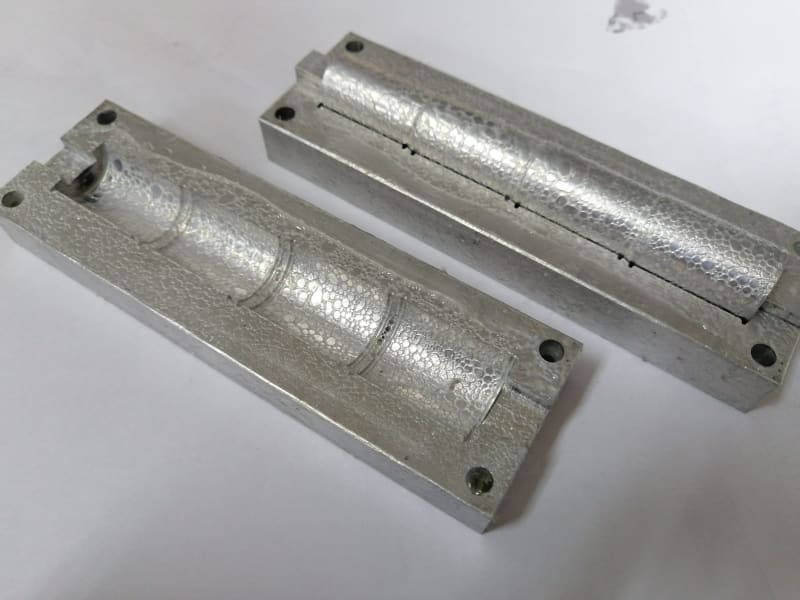Davide Recchia
Mechanical
What is a simple way to apply a uniform coating of rubber (thickness 0.15-0.35 mm) to a mandrel?
The mandrel is essentially a cylindrical shape and made of aluminium.
The coating is a urethane rubber:
The mandrel is essentially a cylindrical shape and made of aluminium.
The coating is a urethane rubber:

